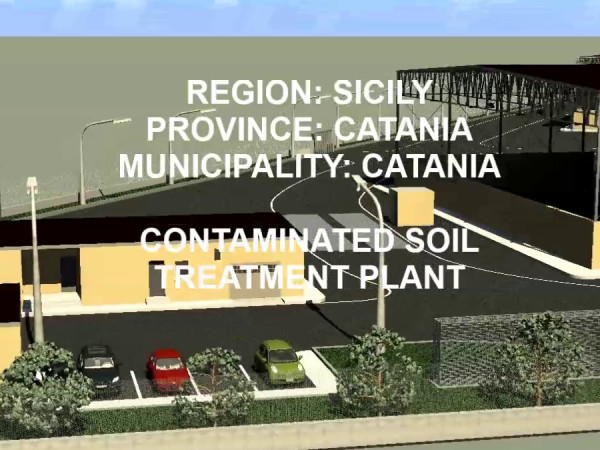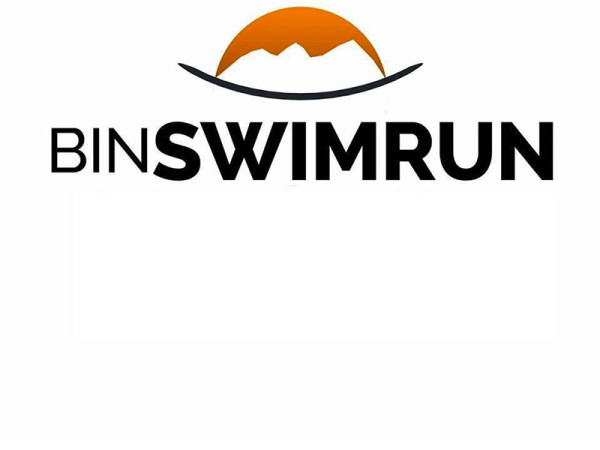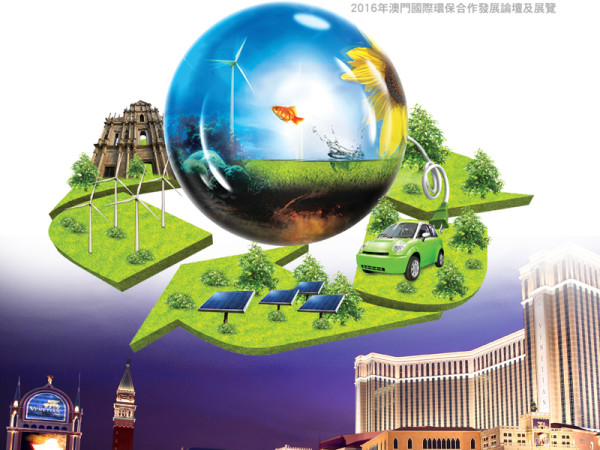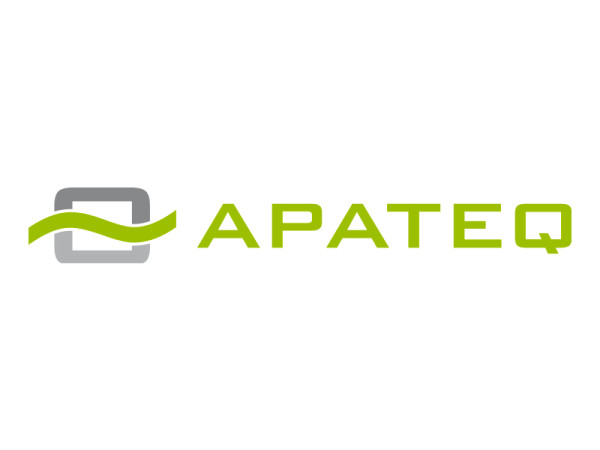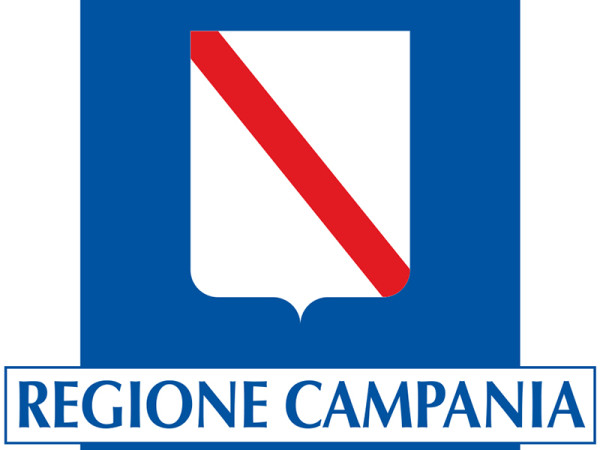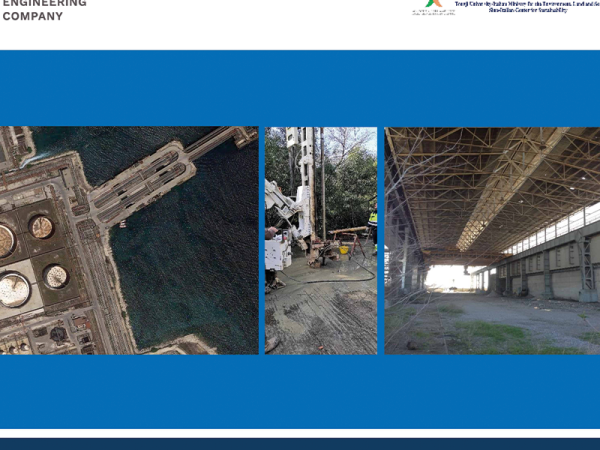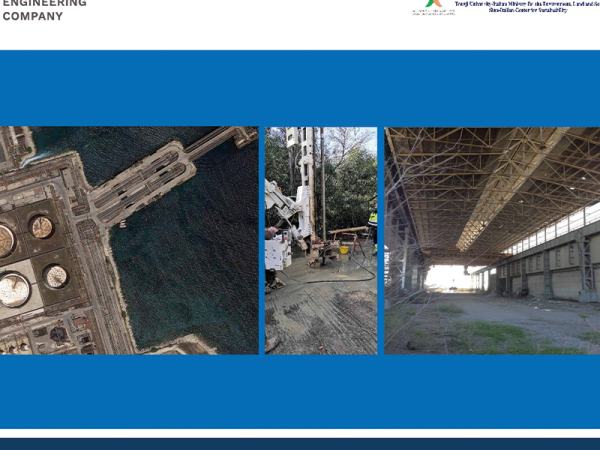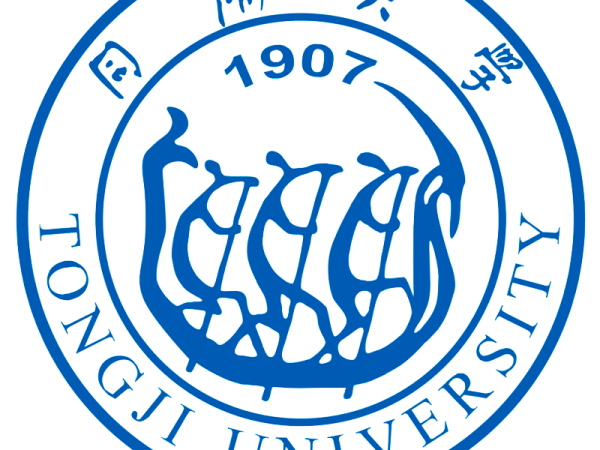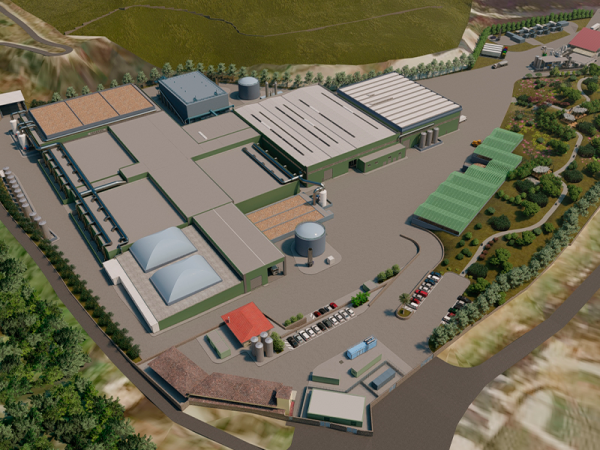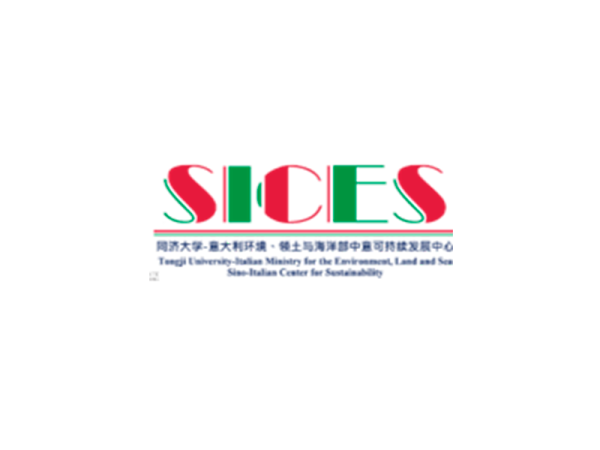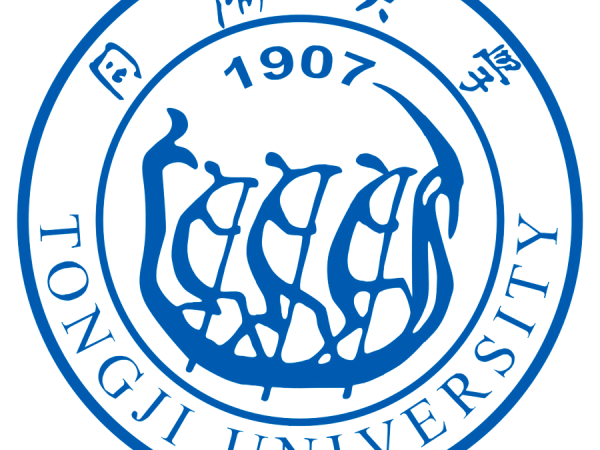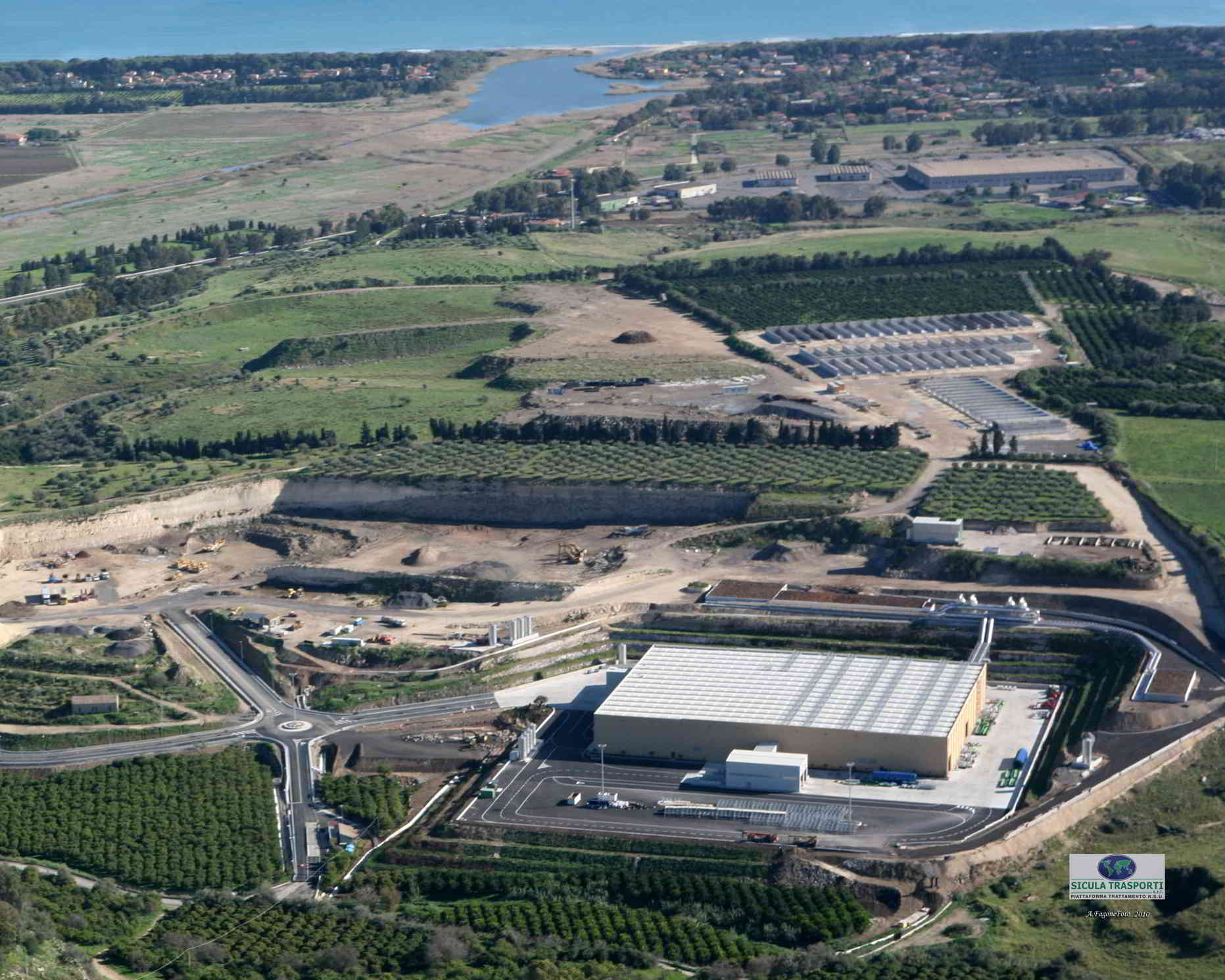
Plant data
Features
- Location: Catania
- Coord. UTM (Zone 33S):
- 505,315 E – 4,137,580 N
- Site area: 9.00 ha
- Shed surface: 11,000 m²
- Construction period: January 2009 – December 2010
- Assignment: Executive design and construction management
- Cost: 27,437,210.46 €
- Shed in prestressed concrete with shingle roofing in prestressed concrete
Treatment
- Operations according to All. B and C at Part IV of D.Lgs. 152/06 s.m.i.: D9, D14, D15, R3, R4, R5, R13
- Maximum capacity: 220 ton/hour
- Treatment lines: 4
Sections: Primary shredding – Primary screening to 200 mm – Separation of ferrous and non – Secondary screening at 80 mm – ballistic and optical separation of plastics – Baling of plastics – Baling of the screened material to be sent for landfill - Rain water storage: 100 m³
- Leachate storage: 270 m³
Accessory equipment
- Air treatment: 270,000 Nm³/h
- Air handling system: wet scrubbers and biofilters
- Biofilters surface: 1,900 m²
- Photovoltaic system on the roof: 414 kWp consisting of 1,800 FV panels of 230 Wp
- Average annual production of electricity: 650 MWh
(S0001)
Plant description
The pre-selection plant of mixed waste is divided on four parallel lines, each of which comprises a pre-selection stage consisting of a coarse shredding, a primary screening, a separation of ferrous and non-ferrous metals and a pressing of the coarse material, and a refining step of the organic waste consisting of a secondary screening, with the production of an underscreen to be biologically stabilized and an overscreen to start to recovery with ballistic and infrared separation of recyclable materials. The system doesn’t provide for the use of personnel for the sorting operations, which is conducted exclusively automaticly and managed by the operator from the control room. From the undifferentiated M.S.W. the process allows the separation of the following: plastics to start to recover; iron and aluminum to be recycled by carrying foundry; organic material to be stabilized for covering landfills or environmental remediation; material with high calorific value and pressed into bales for disposal in landfill or for recovery as fuel in incinerators.
The factory body is constantly kept under negative pressure in order to ensure the health of the workplace. The air handling system is constituted by a scrubber (type washing tower) and a biofilter capable of returning the air in the atmosphere in accordance with the most stringent limits of law.
It is also in place an implementation phase aimed at the refining of the screening material coming from the primary and secondary screening and waste of the ballistic and optical separation; this material is the so-called RDF (Refuse Derived Fuel), “product” that will be inserted in the chain of the fuels used in cement plants, power electrical stations, etc.

